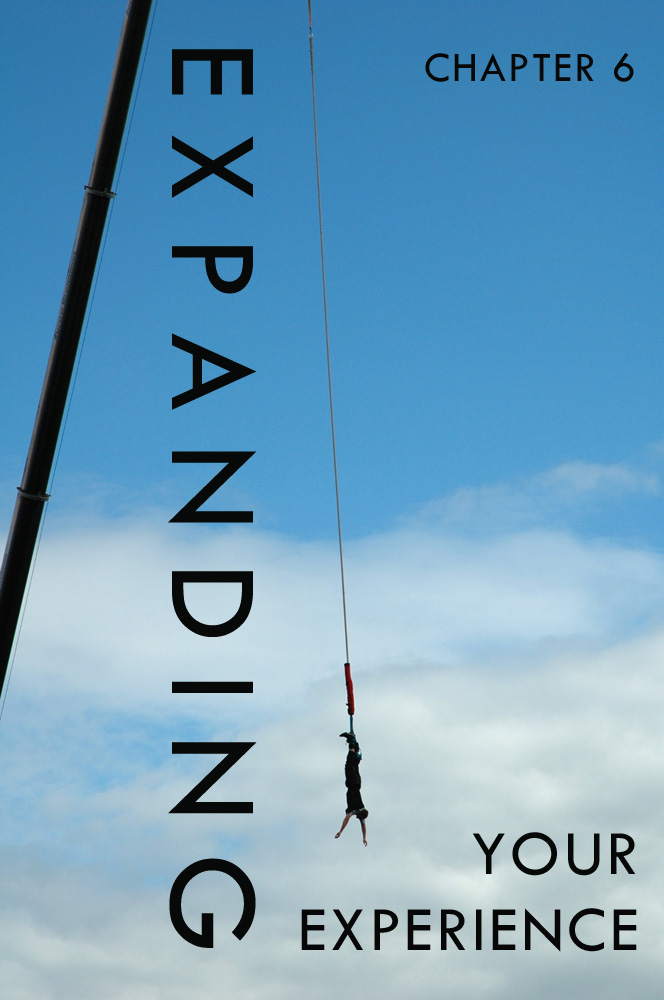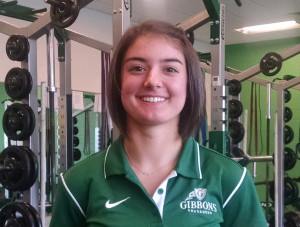 Chapter 6: Expanding Your Experience by Erin Blaser
Chapter 6: Expanding Your Experience by Erin Blaser
In the previous chapter, Coach McKeefery went over the essentials for a strong resume. In this chapter, he hones in on the importance of the different types of experiences in one’s strength and conditioning coach career path. The first point that he makes clear is the distinction between qualifications and qualifying experiences. Over time, professional degree programs have ousted apprenticeships in the workforce. However, having the academic qualifications can only get you so far if you are unable to apply them in a real world setting. Strength and conditioning coaches want to see that applicants can utilize the knowledge gained through their degree or certification, not just that they are able to pass a test.
I can definitely see how this distinction played a role in my career path. When I was completing my degree in Exercise and Sport Science at UNC, I felt very intelligent, but didn’t have an outlet for application. Not wanting to lose all of the knowledge I was gaining, I applied for a job as a fitness consultant at the Student Rec Center, where I could enhance my understanding of metabolics and functional movement. It was a fantastic opportunity to test my knowledge base because people would walk up to me and ask questions about everything from nutrition to sport injuries to work out tips.
Coach McKeefery proceeds to walk through the four major stepping stones of experience to becoming a Head Strength and Conditioning Coach: Volunteer/Intern; Graduate Assistant; Assistant; and Head Strength Coach. He emphasizes that one must pay their dues: in order to be successful in the field, it is essential to understand all of its many aspects. The Volunteer/Intern phase is excellent for getting into the nitty-gritty of the strength and conditioning world and figuring out what needs to be done in order for a program to work effectively. It’s also a great time to build a network of professionals in the field, whether it’s fellow interns, outside coaches, or a combination. Making many strong connections can improve one’s chances for opportunities in the future.
As a Graduate Assistant, more responsibility is put on the plate: working with specific teams and assisting with revenue-making sports. This is the phase in which the work is more aligned with that of an S&C coach with program design and working with sport coaches and athletes. Another benefit is the completion of an advanced degree with a place to immediately apply it.
Moving up to an Assistant position adds yet more responsibility. This is where management skills are developed, as many Assistants oversee Graduate Assistants in tandem with working with teams. Time management, communication, and interpersonal skills are essential.
In reaching a Head Coach position, everything is on your plate: teams, programs, assistants, etc. All of the knowledge and skills developed through previous experiences come together and must be sharpened to run an efficient and successful program.
The final point that Coach McKeefery makes is the importance of separating out coaching experience from related experience. Coaching experience should include all of the experiences that point toward the end-goal of becoming a Head Strength Coach. Related experience should include work that complements the field and can help you stand out. This is one distinction that I had never really thought about when sculpting my resume or thinking about my career path. When I approached Coach Morland about an assistant position in my final semester, my qualifications were 1. I know how to write workouts for people, 2. I used to be a cheerleader and now lift weights, 3. I have the knowledge to obtain my CPT and will do so this year. None of my previous experiences besides working as a fitness consultant qualified me for that position. Coach Morland was taking a huge risk in allowing me onto his team, and for that, I am truly grateful. Both in working at Gibbons and now at Life Time Fitness, I have been able to expand my network, share my knowledge, and become a better program designer for my clients.
As I continue forward in my career, I seek opportunities that will expand my experience both directly correlated with my goal of becoming a pediatric physical therapist and related to the health and wellness field.
“The views, opinions, and judgments expressed in this message are solely those of the authors and peer reviewers. The contents have been reviewed by a team of contributors but not approved by any other outside entity including the Roman Catholic Diocese of Raleigh.”

